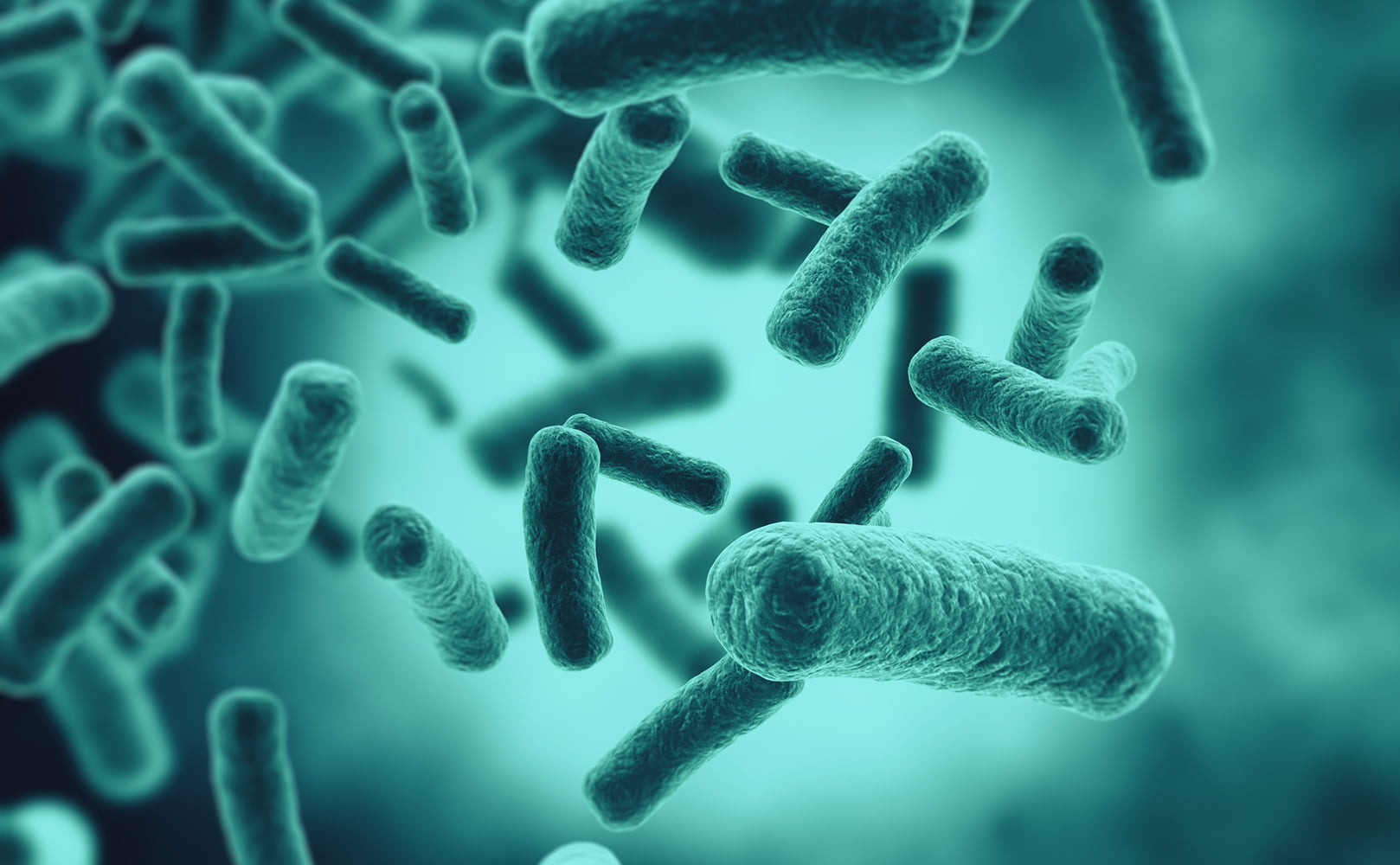How Fast Does UV Light Kill Bacteria in Water?
Written by: Gene Fitzgerald // Last Updated: Nov 24, 2022
This page may contain affiliate links. If you buy a product or service through such a link we earn a commission at no extra cost to you. Learn more.
Usually, UV water purifiers do not come with a tank feature. This is because the water does not need to sit in a catchment area for a long time while it is being sanitized by UV light.
Killing bacteria with a UV purifier is a relatively quick process, and is done as the water passes through the UV chamber while the faucet is running.
Read on to find out just how it works, and just how quickly the bacteria in your water supply can be neutralized with a UV water purifier.
Key Takeaways
- How fast UV light kills bacteria depends on its intensity. Higher intensity means faster irradiation.
- Examples of irradiation times at 30 mW/cm² intensity are:
- E. coli – 0.36 seconds
- Legionella pneumophila – 0.2 seconds
- Salmonella paratyphi – 0.41 seconds
- Vibrio cholerae – 0.64 seconds
How Does UV Light Kill Bacteria in Water?
Technically, UV light doesn’t “kill” bacteria. What it does, is prevent them from replicating by destroying their DNA. If bacteria cannot replicate, they cannot cause illness.
Exposure to UV light at a wavelength of 254 nm can neutralize up to 99.9999% of microorganisms in water, including bacteria.
How UV Water Disinfection Works
The UV-C rays that are emitted from the bulb in a UV water purifier are deadly to most microorganisms. A UV water purifier is a tube-shaped device that passes water through a chamber, where the UV light bulb sits. The bulb will emit UV-C as the water passes through, exposing bacteria and other pathogens to the rays, inactivating them.
In order to do this, there must not be any suspended particles or debris in the water before it passes through the filter, as this can cause an issue called ‘shadowing’, where microorganisms may be hidden behind the particles and avoid being rendered harmless by the UV light.
How Fast Does UV Light Kill Bacteria in Water?
How fast UV light will kill bacteria in water depends on the bacteria itself. Different types of bacteria require different exposure times to UV rays to be adequately destroyed.
The effectiveness of UV light also depends on its intensity.
The following table shows the estimated irradiation time needed to inactivate common forms of bacteria that can be found in municipal water, based on a UV intensity of 30 mW/cm². If your system is weaker than this, such as a system with a UV intensity of 16 mW/cm², it will need a longer exposure time to kill the same bacteria.
| Bacteria | Seconds Needed for 99.9999% Effective Sanitization |
|---|---|
| Dysentery bacilli | 0.15 |
| Leptospira SPP | 0.2 |
| Legionella pneumophila | 0.2 |
| Corynebacterium diphtheriae | 0.25 |
| Shigella dysenteriae | 0.28 |
| Bacillus anthracis | 0.3 |
| Clostridium tetani | 0.33 |
| Escherichia coli (E. coli) | 0.36 |
| Pseudomonas aeruginosa | 0.37 |
| Micrococcus candidus | 0.4-1.53 |
| Salmonella paratyphi | 0.41 |
| Mycobacterium tuberculosis | 0.41 |
| Streptococcus haemolyticus | 0.45 |
| Salmonella enteritidis | 0.51 |
| Salmonella typhimurium | 0.53 |
| Vibrio cholerae | 0.64 |
| Clostridium tetani | 0.8 |
| Staphylococcus albus | 1.23 |
Is UV Light Effective Against All Bacteria Types?
No known bacteria is resistant to UV light, and UV light is normally effective against all viruses and protozoa as well. It is even more effective than chlorine, which cannot treat pathogens such as Giardia.
However, the UV dose must be high enough to be able to penetrate the thicker cell walls of stronger bacteria that are harder to neutralize than others. For this reason, a higher-strength machine may be recommended for water sources that could be particularly high in pathogens.
If you have any thoughts about the question, how long does it take for UV light to kill bacteria in water, please don’t hesitate to leave a comment below!
Information provided on BOS is for educational purposes only. The products and services we review may not be right for your individual circumstances.
We adhere to strict editorial guidelines. Rest assured, the opinions expressed have not been provided, reviewed, or otherwise endorsed by our partners – they are unbiased, independent, and the author’s alone. Our licensed experts fact-check all content for accuracy. It is accurate as of the date posted and to the best of our knowledge.


